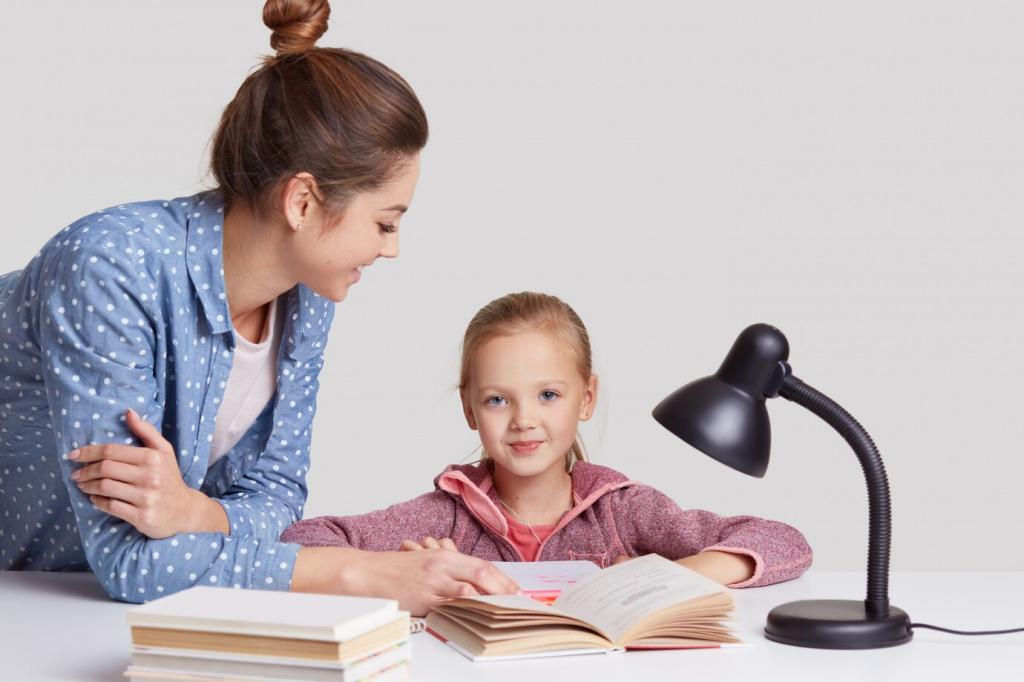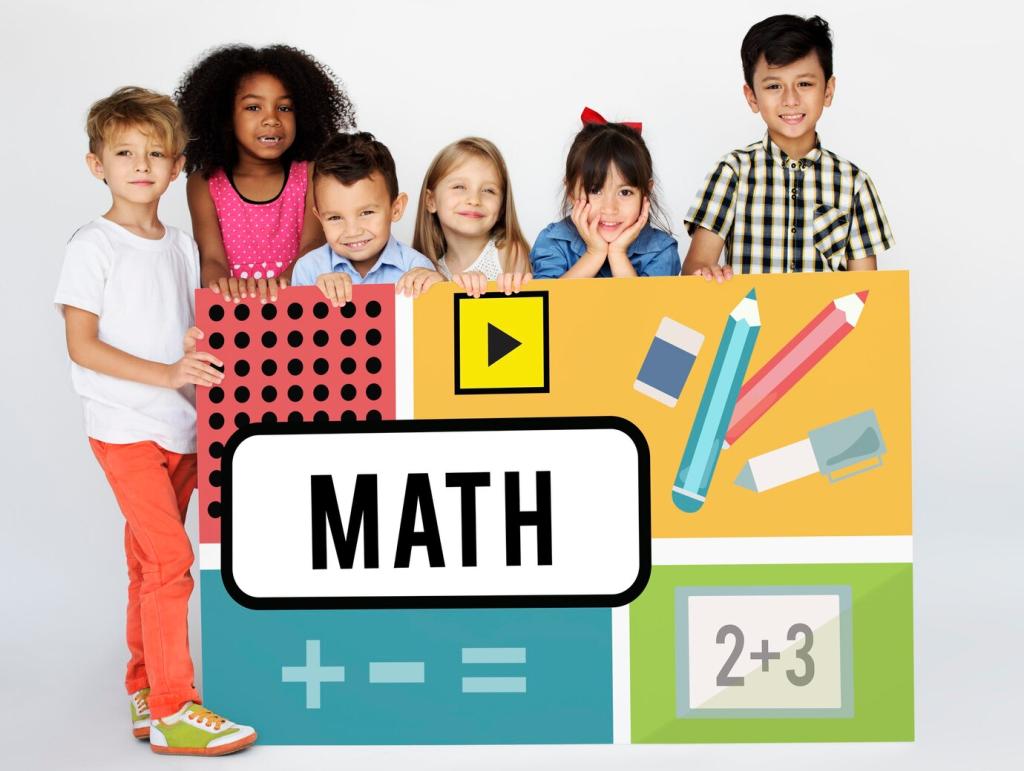Key Categories of Top Robotics Apps
K–2 learners benefit from tap-and-go interfaces and story-driven maps. These apps focus on step-by-step instructions, directional language, and simple logic, laying a solid foundation for later coding concepts.
Key Categories of Top Robotics Apps
Drag-and-drop blocks teach loops, conditionals, and variables through approachable challenges. Students assemble commands, test behaviors, and iteratively refine programs, bridging play with genuine computational understanding.
Key Categories of Top Robotics Apps
Browser-based simulators let classes program robots without hardware. Students can run code instantly, compare strategies, and explore sensors virtually, making robotics accessible in remote, hybrid, or budget-limited settings.
Key Categories of Top Robotics Apps
Lorem ipsum dolor sit amet, consectetur adipiscing elit. Ut elit tellus, luctus nec ullamcorper mattis, pulvinar dapibus leo.









